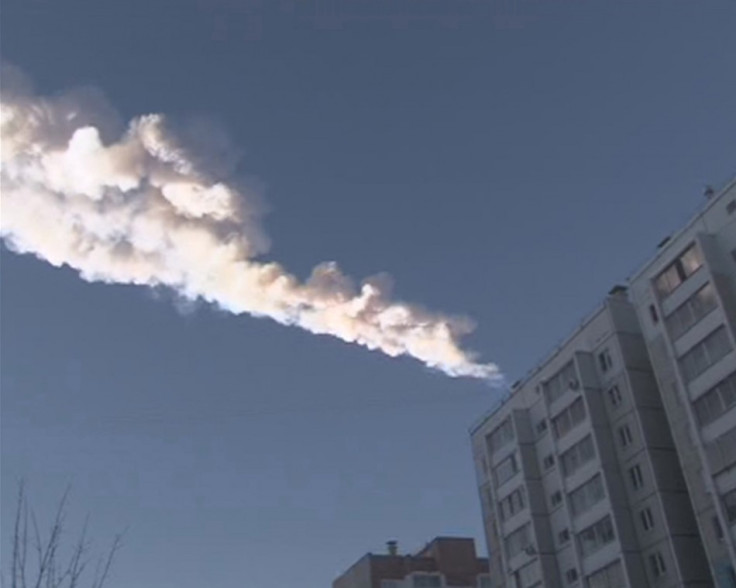Near miss for Earth as asteroid the size of a house streaks past at 10 miles per second
Astronomers say asteroid 2017 AG13 had similar destructive potential as Chelyabinsk strike in 2013.
An asteroid between 50-110 feet (15-34m) long zoomed past the Earth at 10 miles per second on Monday (9 January), at a distance of "only" 120,000 miles (193,000km). The asteroid, 2017 AG13, was of a similar size to the one which injured 1,000 people in the Russian city of Chelyabinsk in 2013 and could have caused huge damage if it had hit or exploded over a city.
The asteroid is being classed as a Near Earth Object (NEO), as120,000 miles is about half the distance from Earth to Moon, a near-miss in astronomical terms. More concerning for scientists was that no-one saw 2017 AG13 coming: it was only spotted on Saturday 7 January by the University of Arizona's Catalina Sky Survey.
Space news website Slooh hastily organised a live broadcast to coincide with the near-miss and astronomers there confirmed the size, speed and trajectory of the NEO.
"This is moving very quickly, very nearby to us," said Slooh's Eric Feldman. "This one has a particularly elliptical orbit. It actually crosses the orbits of two planets, Venus and Earth."
2017 AG13 apparently slipped through the observation net because it wasn't deemed to be of sufficient size capable of causing widespread devastation. Even so, if it had exploded in the atmosphere it would have an explosive force of 700 kilotons, or 35 times greater than the Nagasaki bomb in 1945. In the unlikely event the asteroid had smashed directly into a city, it could have caused even greater damage.
Nasa's Near Earth Object Program, which monitors the skies for asteroids with the potential to destroy all life on Earth, has yet to find any which pose a major danger in the foreseeable future. However, the Planetary Society estimates only 60% of NEOs larger than 1.5km across have been spotted.

© Copyright IBTimes 2024. All rights reserved.







